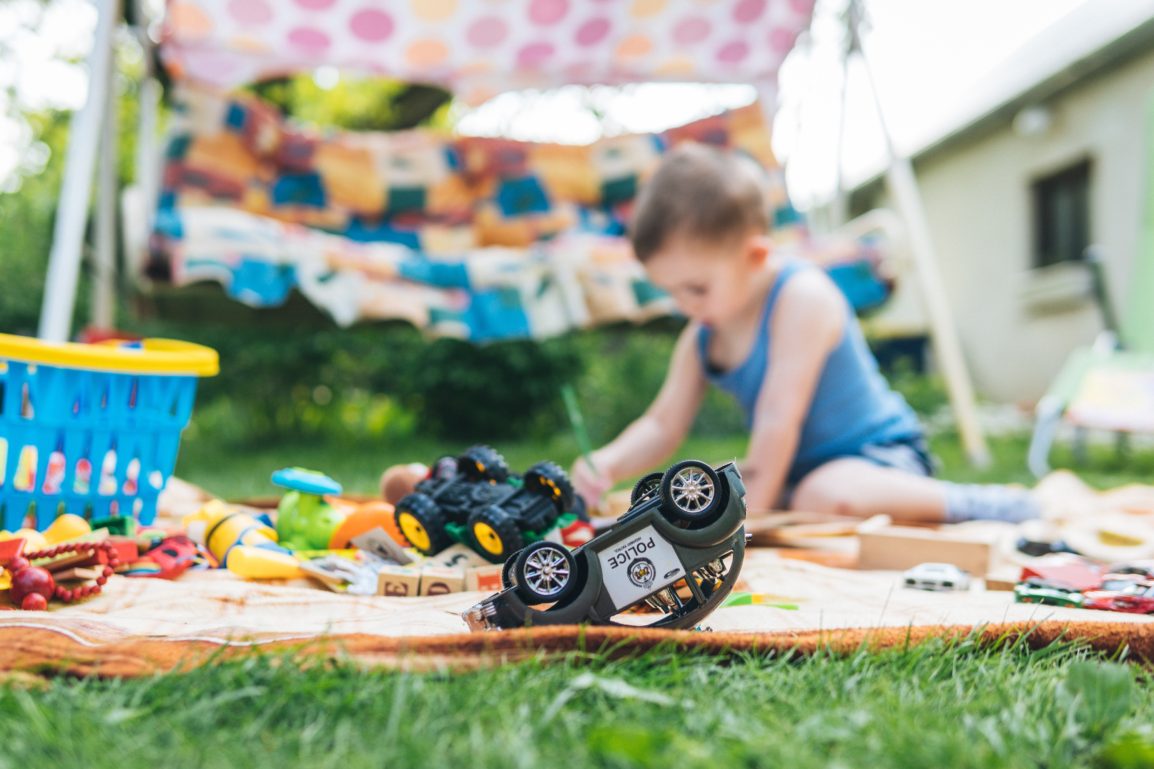Toy rotation is a tool parents use to not only keep their children busy but to also save money, and you can do it too!
It’s happened to everyone; your child has a room full of toys and games and they come to you and say “I’m bored!” Sure, you can go out and buy them a new gadget or go online and search for quick ways to entertain them, but you have other things to do and contrary to popular belief, mom doesn’t stand for Made of Money.
That’s where toy rotation comes in handy. Rotating toys is where you take all of your children’s toys and store some while letting your child play with the rest. Every so often you should gather up all the toys that are out and swap them out with toys you previously put away.
This is a great way to foster creativity in your child and keep them excited about playtime.
To get started, collect all of your kid’s toys. You want to get rid of toys that are broken or missing pieces. This is a good opportunity to clean and sanitize your child’s play things.
Next, begin to sort the toys into groups. The more toys you have the more groups you will wind up with. You want to have different types of toys in each group though, so ensure that there is something of each of the following category in each group:
Something they can make art with- think finger paints, coloring books, chalk, etc.
Something they can build with – think Legos, Lincoln Logs, blocks, etc.
Something that gets them active – think jump rope, toy vacuum, big wheel, etc.
Something that promotes literacy – think picture books, writing books, flashcards, etc.
Something that promotes emotional play – think action figures, Barbie, stuffed animals, etc.
Something that promotes drama – think fake food, costumes, toy tools, etc.
Something that lets them practice math – think abacus, sorting cups, math flash cards, etc.
Something that makes music – think clappers, pianos, rain-makers, etc.
Something that promotes problem-solving – think it/then games, puzzles, board games, etc.
Next, take one item from each category and form a group with it. Store each group in its own bin. If you have too many of one category, it’s okay to double up in some groups. Also, if you don’t have enough of a category just take that into consideration when it’s time to buy more toys. You can number your bins to help keep track of where you are in rotation.
When it’s play time you can take out one bin and allow your child to play with everything in that bin alone. After a period of time you have decided on (anywhere from three to six weeks is typical), take all of those toys and rebin them. Then, take out a new bin for your child to play with.
As you make your rotations, you can go through and add more toys. Thrift shopping and garage sales are great places to find toys. If you can get a friend to try toy rotation, you may want to even swap bins sometimes to keep things fresh and interesting.

